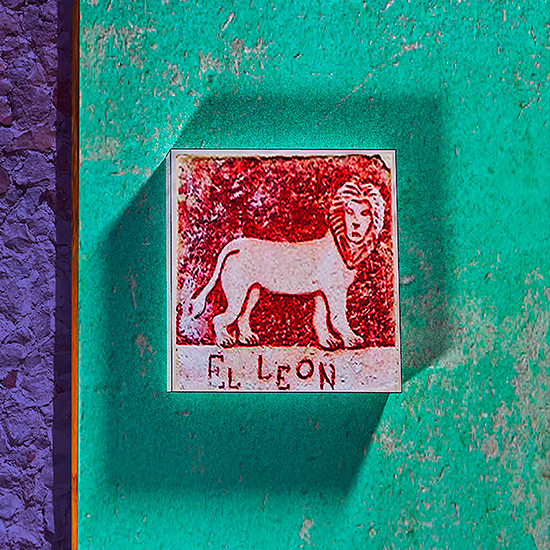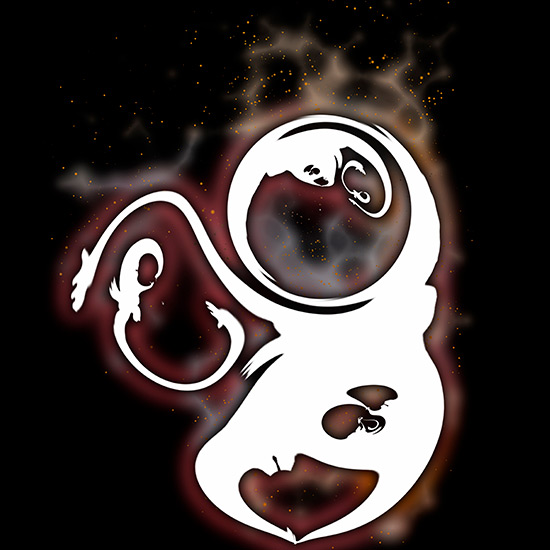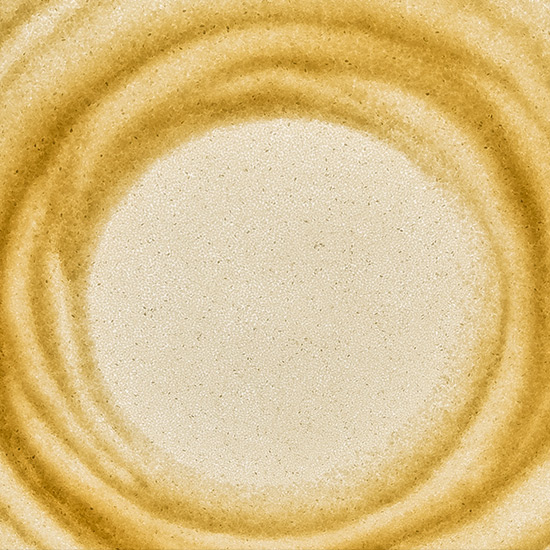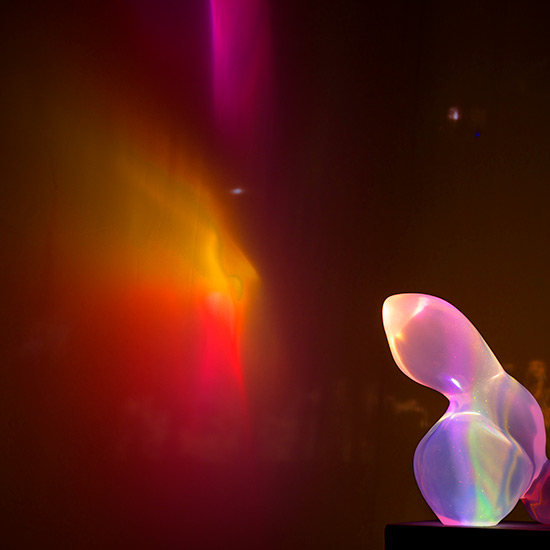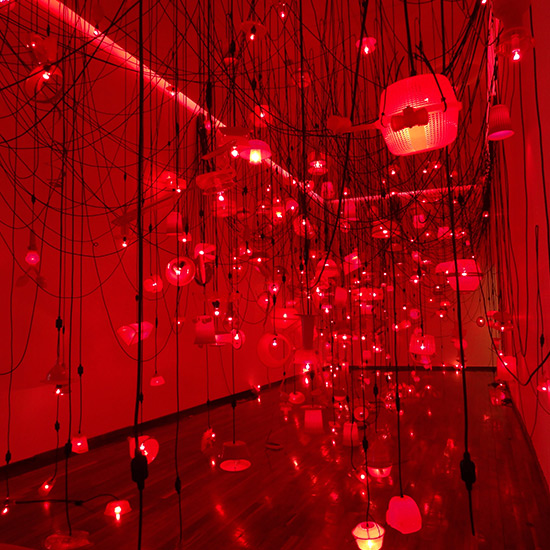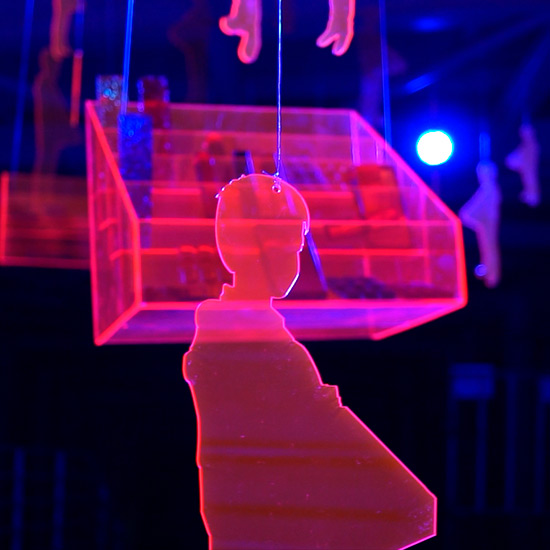About us
Filux Lab is an initiative originated from the International Light Festival Mexico (Festival Internacional de las Luces México). It was our firm conviction to create breeding ground for local talent, with an identity all of its own, which made us design the first laboratory entirely dedicated to experimentation, discussion, production and exhibition of art pieces related to the language of light and cinema.
Our program connects us with the global scene of art through residencies, workshops, master classes, co-productions, forums and festivals that promote cultural exchange amongst artists, experts and a diverse audience.
We are an independent space based in the city of Mérida, Yucatán; our mission is to promote a sense of artistic community where different universes come together around the light.

Founder director
David Di Bona
General Cordinator
Josué Cú
Social networks
Gabriela Negrín
Graphic design
Taller de Comunicación Gráfica
Uzyel Karp - Diseñador
Web design
Victor Moran
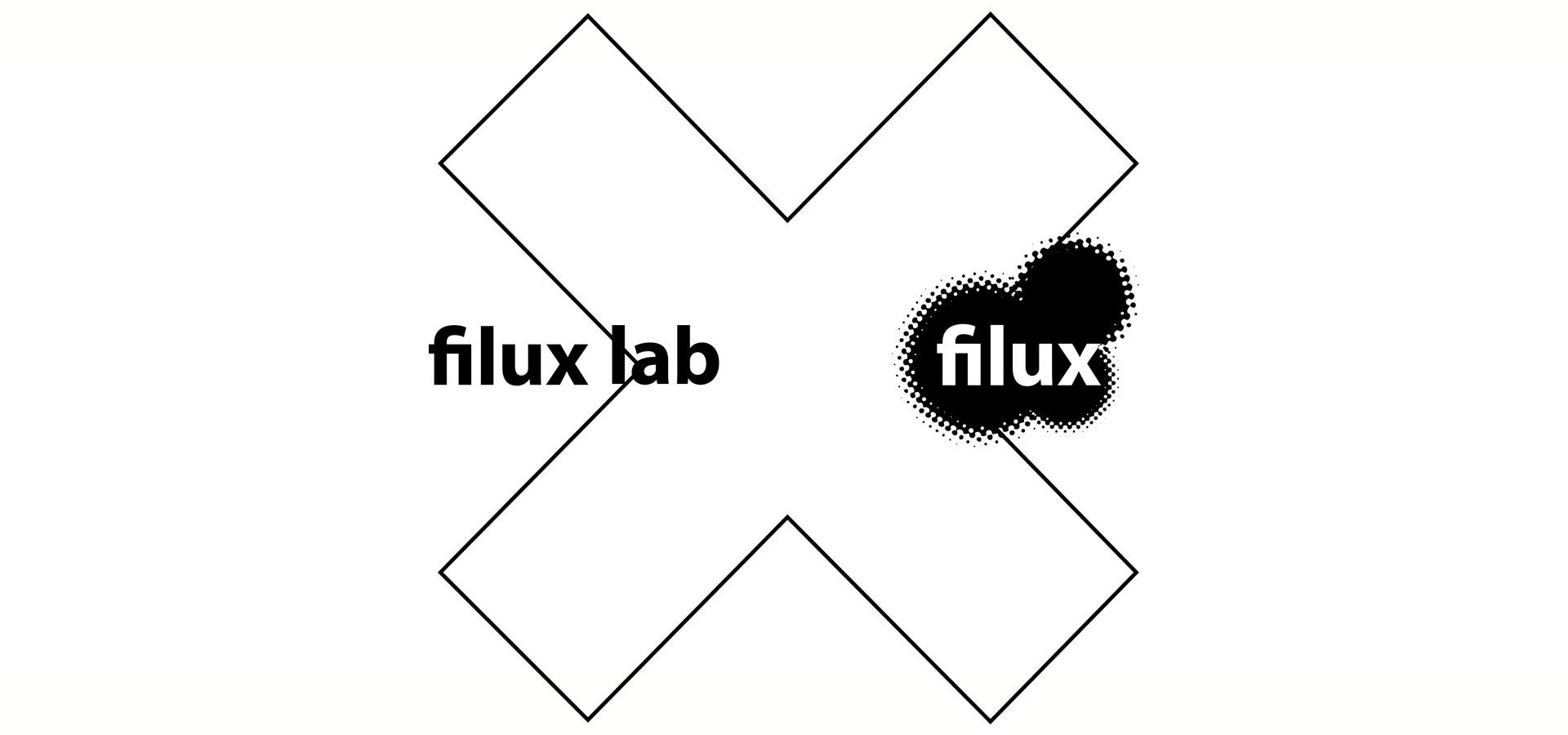
 Esquinas / encuentros (Corners / Findings) | LUIS RAMÍREZ
Esquinas / encuentros (Corners / Findings) | LUIS RAMÍREZ
